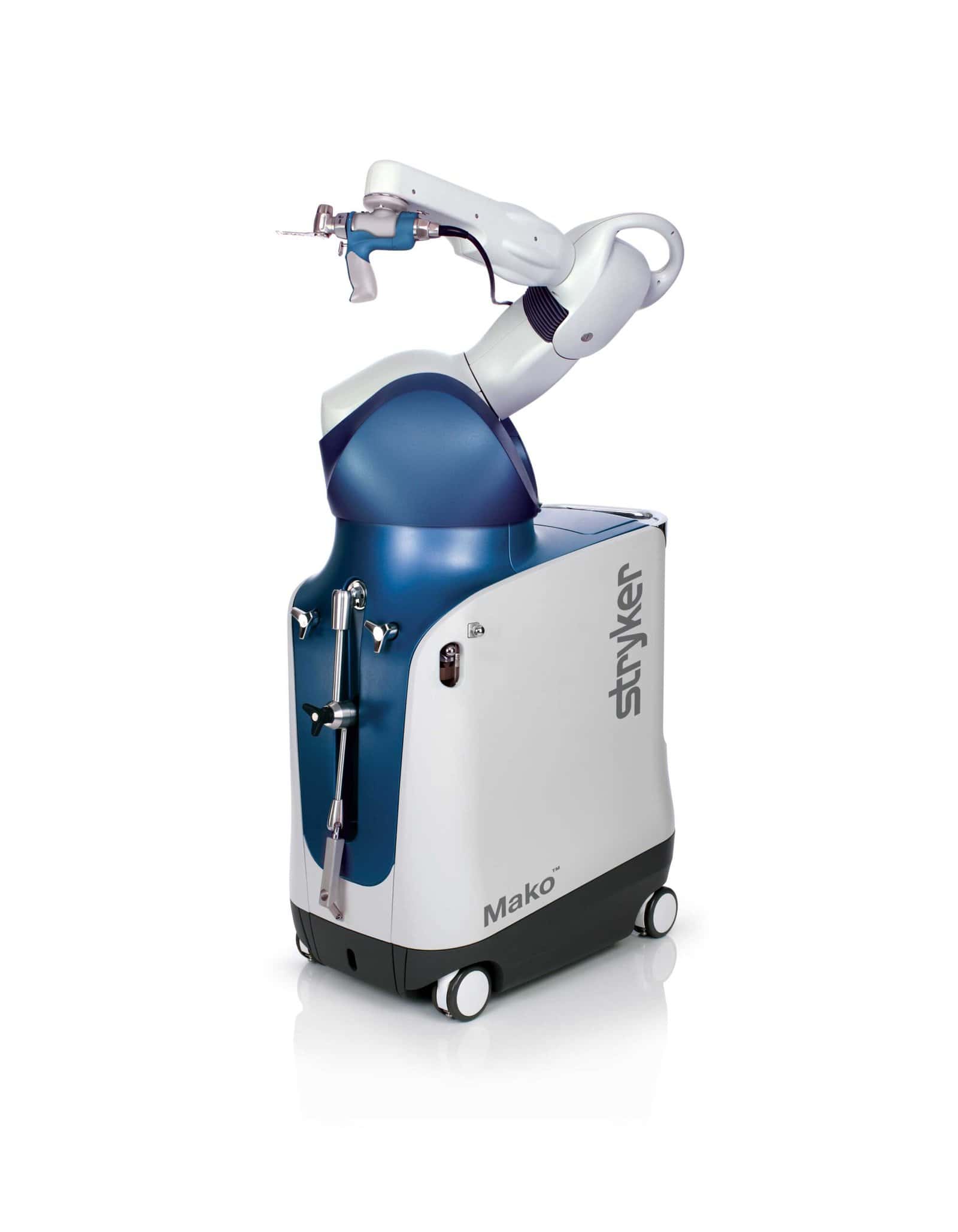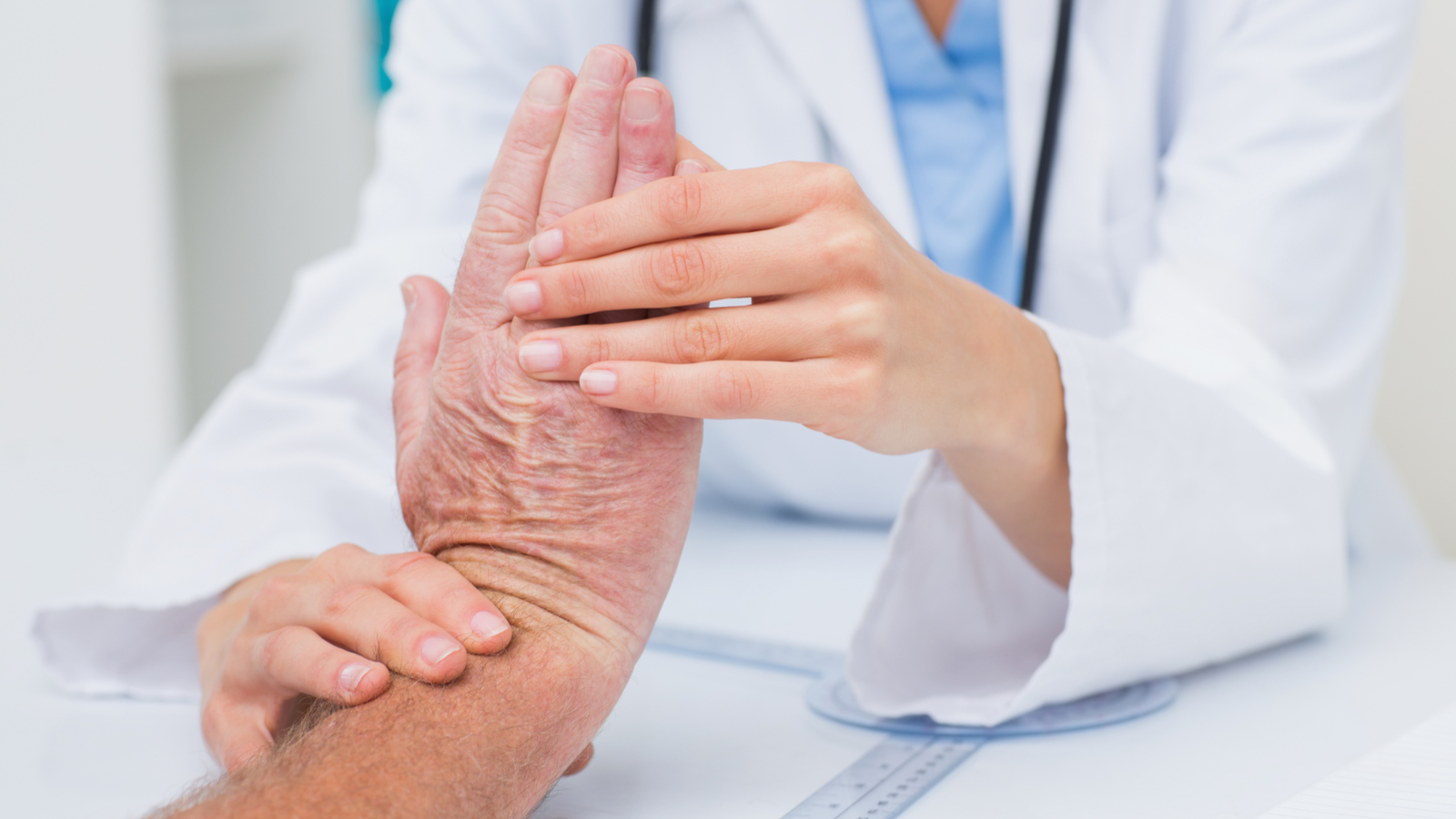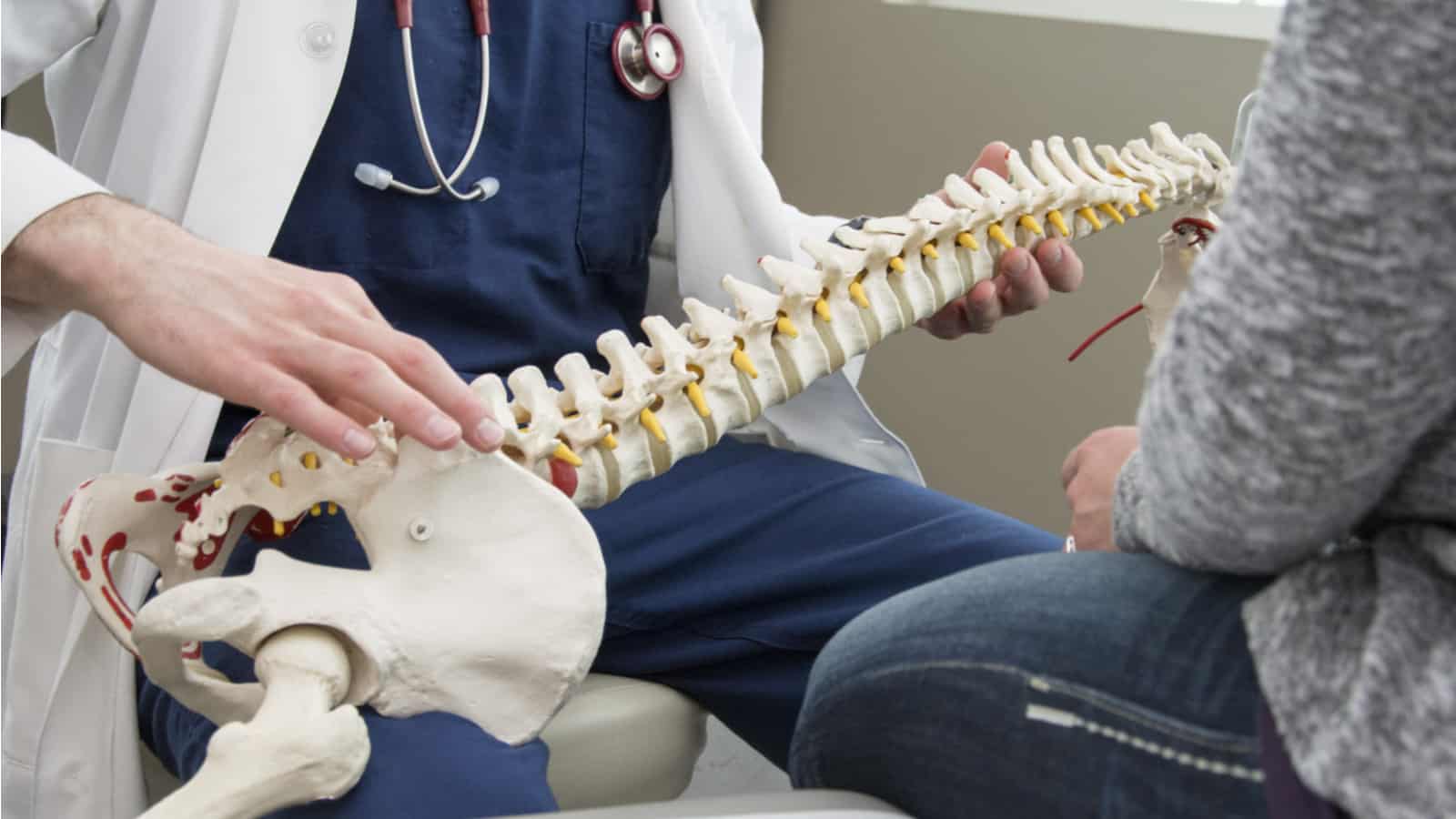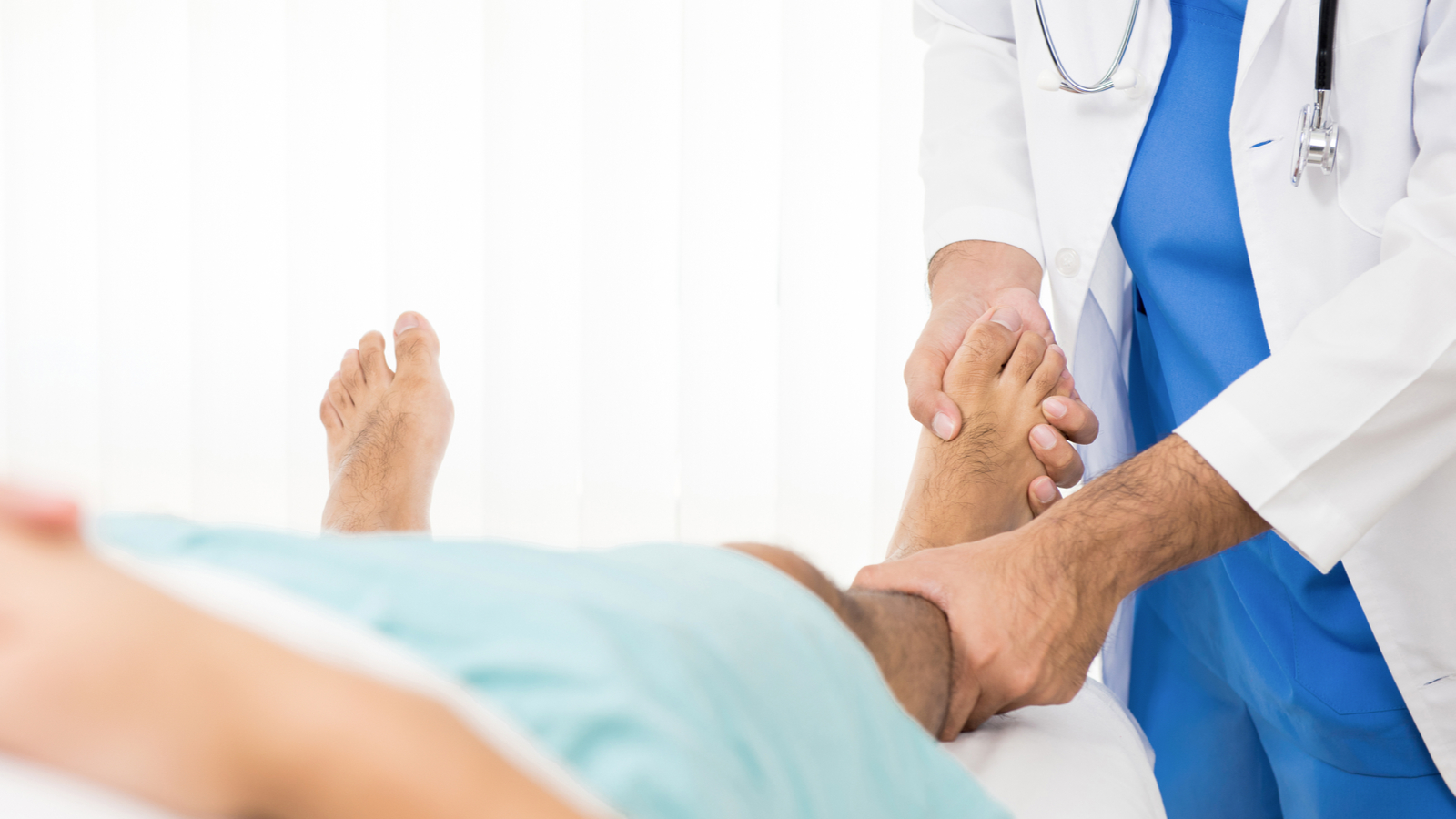
- Services
Don’t see what you are looking for? View all our services
View All Services- Medical Team View All Team Members
View more team members:
- Locations View All Locations
View more locations:
- OISI – Herrin, IL 618-997-6800
- OISI – Carbondale, IL 618-997-6800
- SIUC Student Health Center 618-453-1292
- OISI – Chester, IL 618-826-4581
- OISI – Harrisburg, IL 618-997-6800
State-of-the-art orthopaedic care
Restoring lifestyles one patient at a time.
Reduce pain. Restore your mobility. Improve your quality of life.
Community Partners














Improving your quality of life
Orthopaedic Institute of Southern Illinois is committed to providing the highest quality care, 100% of the time.
At the Orthopaedic Institute, we strive to provide the highest quality of care to every patient through an understanding of each individual patients’ medical concerns and applying the latest medical advances and technology to obtain the goal of a full recovery.
We consider our patients as members of our extended family. We believe that each patient is entitled to the very best we have to offer in surgery and comprehensive ancillary services, including MRI, CT, X-Ray, DexaScan (bone scan), and a full range of physical therapy services.
What we offer
How can we help you?
Sports Medicine
Knee sprains, tennis elbow, swimmer’s shoulder, sports-related injuries, etc.
Learn MoreInterventional Pain Management
Experience powerful pain relief through minimally invasive techniques that address the source of your pain.
Learn MoreWe simply do what’s best for you
Speak with a Caring Orthopaedic Doctor
Our orthopaedic doctors are dedicated to you, our patient, as we help you improve your quality of life through premier musculoskeletal care. We care for you with compassion and respect, providing state-of-the-art treatment inside our convenient and comfortable locations across Southern Illinois. Our team offers a full range of orthopaedic clinical services, imaging, and same-day orthopaedic surgery procedures.
Get in touch with our orthopaedic doctors, surgeons, and specialists in Illinois to see how we can help reduce your pain and improve your quality of life.

OISI Partners with Deaconess Illinois to sign Total Joint Surgeon
The Orthopaedic Institute of Southern Illinois (OISI) in partnership with Deaconess Illinois is excited to announce the addition of Dr. Rhett MacNeille, M.D. as the newest member of its total joint replacement team, joining Dr. Mike Davis, M.D., who has been an instrumental part of OISI’s growth and success over the past 20 years.
COVID-19 Precautions
We at Orthopaedic Institute of Southern Illinois are committed to continuing to provide the highest quality and safest orthopaedic care to the people of Southern Illinois.
In the interest of protecting our patients and employees, we have instituted the following procedures:
In following the CDC guidelines, while inside our facilities, all employees, patients, and visitors over the age of 2 will be required to wear a mask at all times when not actively eating or drinking.
With the exception of a single parent accompanying a minor or a designated caregiver accompanying an impaired adult, we will limiting the number of visitors accompanying patients to ensure safe social distancing wtihin our facilities. .
At this time, we will continue to provide full physician services in the office as well as physical and occupational therapy, imaging, pain management, and walkin clinic services for your immediate, acute orthopaedic needs.
We are working closely with our hospital partners for the continued provision of urgent and emergent orthopaedic care.
Please remember to stay calm, stay smart, and if you are feeling ill, stay home.
Thank you,
The Physicians and Staff of Orthopaedic Institute of Southern Illinois.







